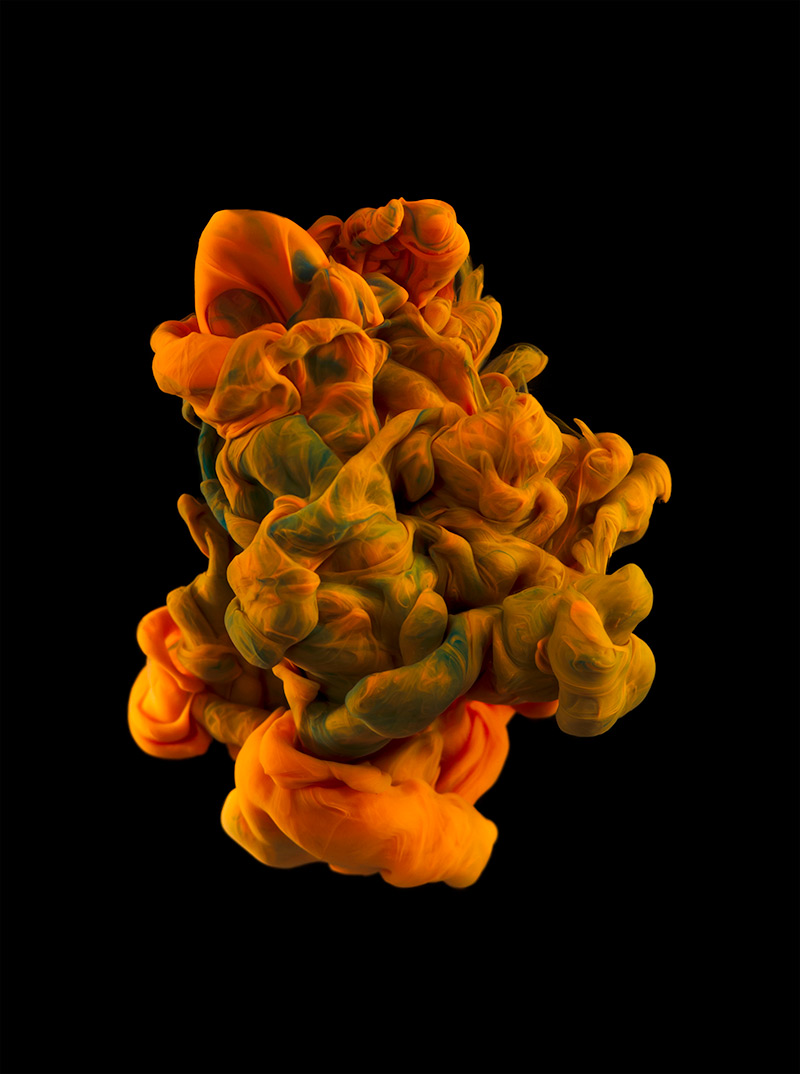To substantiate the claims about our definitions of ‘consciousness’ and ‘attention’ we would like to explain how using the framework of dissociation (CAD) helps elucidate these meanings in two important ways. First, the framework shows that debates can be reinterpreted in insightful ways and second, it provides theoretical reasons to think that regardless of one’s own convictions and theoretical leanings, consciousness and attention must be dissociated independently of the specificities of definitions, thus avoiding verbal disputes. We provide three cases we discuss in chapter 3 of the book.
- Higher-order Theories. With respect to attention, it seems plausible to say that attention is always attention to contents—objects or events and their properties. If the debate between first-order theorists and higher-order theorists is reinterpreted in terms of the spectrum of dissociation, then what higher-order theorists argue is not as implausible as some have suggested. The higher-order theorist seems to be saying simply that attending may cause experiences that are not conscious. Although the use of the term ‘unconscious experience’ is unfortunate, the higher-order proposal is not implausible once it is understood in terms of unconscious attention to contents. Attention is access to contents without the ‘what is it like’ character that defines phenomenal consciousness.
Here is a more remarkable result. Interestingly, representationist higher-order theories require less dissociation (i.e., Types A or B CAD) than first-order phenomenalist theories (i.e., Type-C CAD). Moreover, higher-order phenomenalist theories require no more dissociation than first-order phenomenalist ones. This is counterintuitive, because a general complaint about higher-order theories is that they make distinctions where there are none, such as distinctions between perceptual unconscious belief and higher-order perceptual belief, or between unconscious and conscious experience. Thus, from a purely theoretical perspective, interpreting higher-order theories in terms of the spectrum of dissociation that we propose highlights aspects of extant theories that are otherwise difficult to appreciate.
- Subsumption. Bayne and Chalmers say that the difference between subsumption and access to contents entails the distinction between phenomenal and access consciousness. If there is access conscious attention and phenomenal conscious attention, this means that subsumption entails that identity theories of attention and consciousness are ambiguous and ultimately false. Subsumption is a lot more like part-hood than conjunction. Necessarily, when one has a phenomenally conscious experience, it becomes part of an overall phenomenally conscious experience. So subsumption entails that access consciousness is insufficient to unify phenomenal experiences, and this in turn entails a form of dissociation between how contents are attended in access consciousness and how they are attended in phenomenal consciousness.
Subsumption also seems to be a primitive relation, in the sense that it cannot be reduced to other relations and it holds necessarily for any conscious experience. If one experiences the smell of a flower and its colors, then there is a single phenomenal experience that subsumes them and determines what it is like to smell and see the flower. What kind of dissociation does the distinction between access conscious unity and subsumption entail? If Bayne and Chalmers are right, then one cannot give an account of unity if one favors a view that identifies all forms of consciousness with all forms of cross-modal attention. According to that view, consciousness would be just global attention. As mentioned, subsumption entails the distinction between phenomenal and access consciousness. In chapter 3, we argue that this distinction entails a high level of dissociation (Type-C CAD).
- Epistemic and Empathic Normativity. Prior to her release, Jackson’s Mary (the sequestered neuroscientist) understands the mechanics of seeing the color red but she cannot understand what people feel when they see red surfaces. Only the actual experience of color opens the possibility to empathize. If this is correct, phenomenal consciousness is normatively distinct from access consciousness. This is because Mary is epistemically responsible in her judgments of color even though she does not have phenomenal experiences of color. She is a responsible epistemic agent, but cannot empathize with others. Only a dissociation view of consciousness and attention can make sense of this situation.

